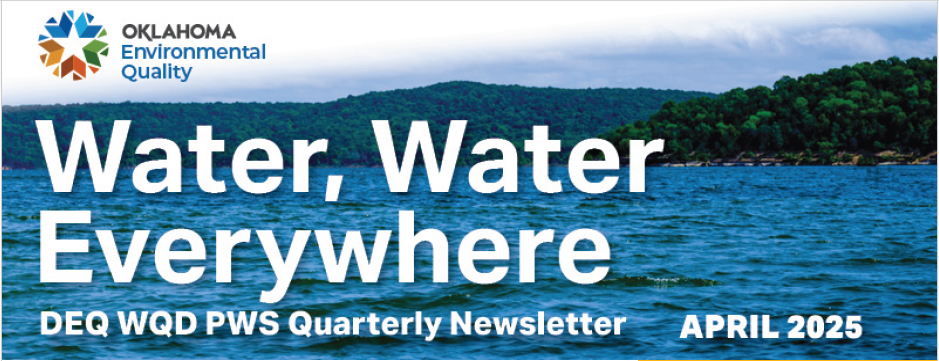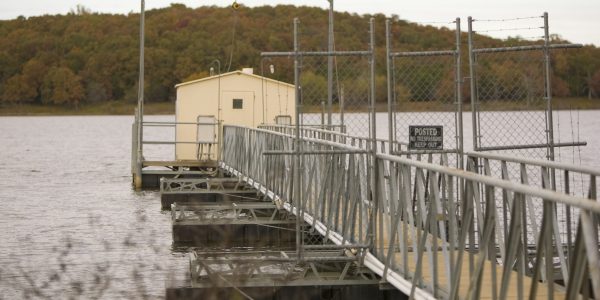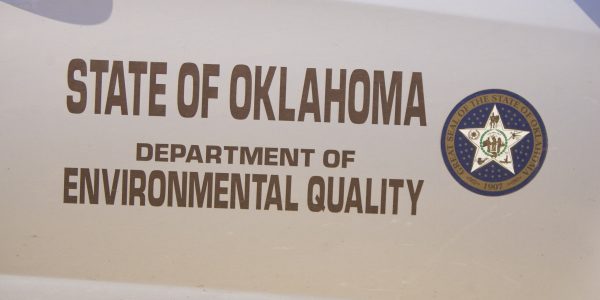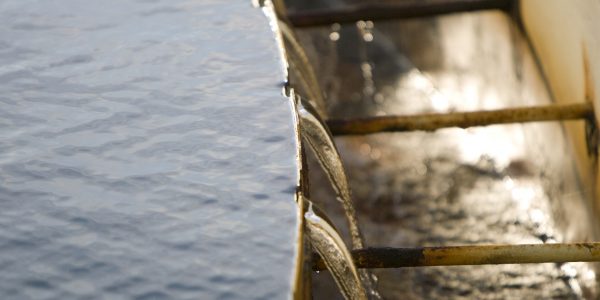Public Water Supply
The Safe Drinking Water Act defines a Public Water Supply (PWS) as a system that provides water via piping or other constructed conveyances to the public for human consumption.
DEQ’s Public Water Supply program currently oversees more than 1,300 active PWS systems. These PWS systems serve approximately 3.7 million customers.
Public water supplies are classified according to the number and type of persons served. Of the PWS systems DEQ oversees, 67% are classified as community water systems (such as towns and rural water districts), 27% are classified as non-community water systems (such as rest stops or parks), and 6% are classified as non-transient, non-community water systems (such as schools or factories).
There are also much smaller systems, which are referred to as non-public or minor water systems. These systems are regulated by the Environmental Complaints and Local Services (ECLS) Division of DEQ.
Subscribe to our quarterly newsletter which will keep you up-to-date on new rules and regulations, training and education opportunities, funding options, and best practices for your water system, and follow the links below to learn more about the five (5) areas of DEQ’s PWS program.
Listed below are the five (5) areas of DEQ’s PWS program:
COMPLIANCE MONITORING
Routine monitoring is necessary to determine if drinking water is safe.
ENGINEERING & ENFORCEMENT
Technical assistance and regulatory enforcement are critical components of keeping drinking water safe.
DRINKING WATER STATE REVOLVING FUND (DWSRF)
Affordable funding solutions and oversight of drinking water infrastructure projects are key to providing safe drinking water.
CAPACITY DEVELOPMENT
Determining if a PWS system is viable and sustainable is important in maintaining safe drinking water.
SANITARY SURVEYS
Ongoing inspections of PWS systems are fundamental in keeping drinking water safe.





